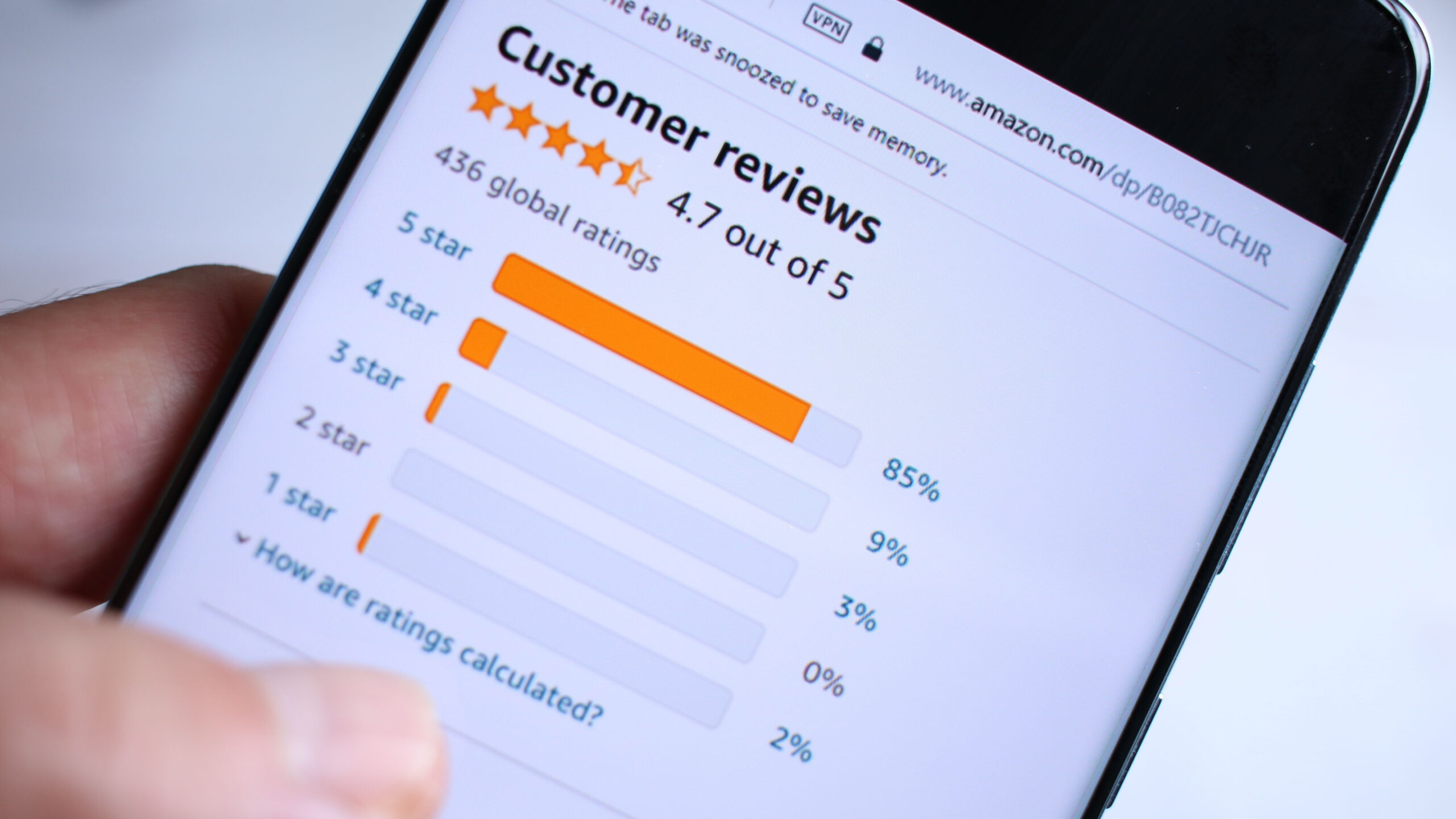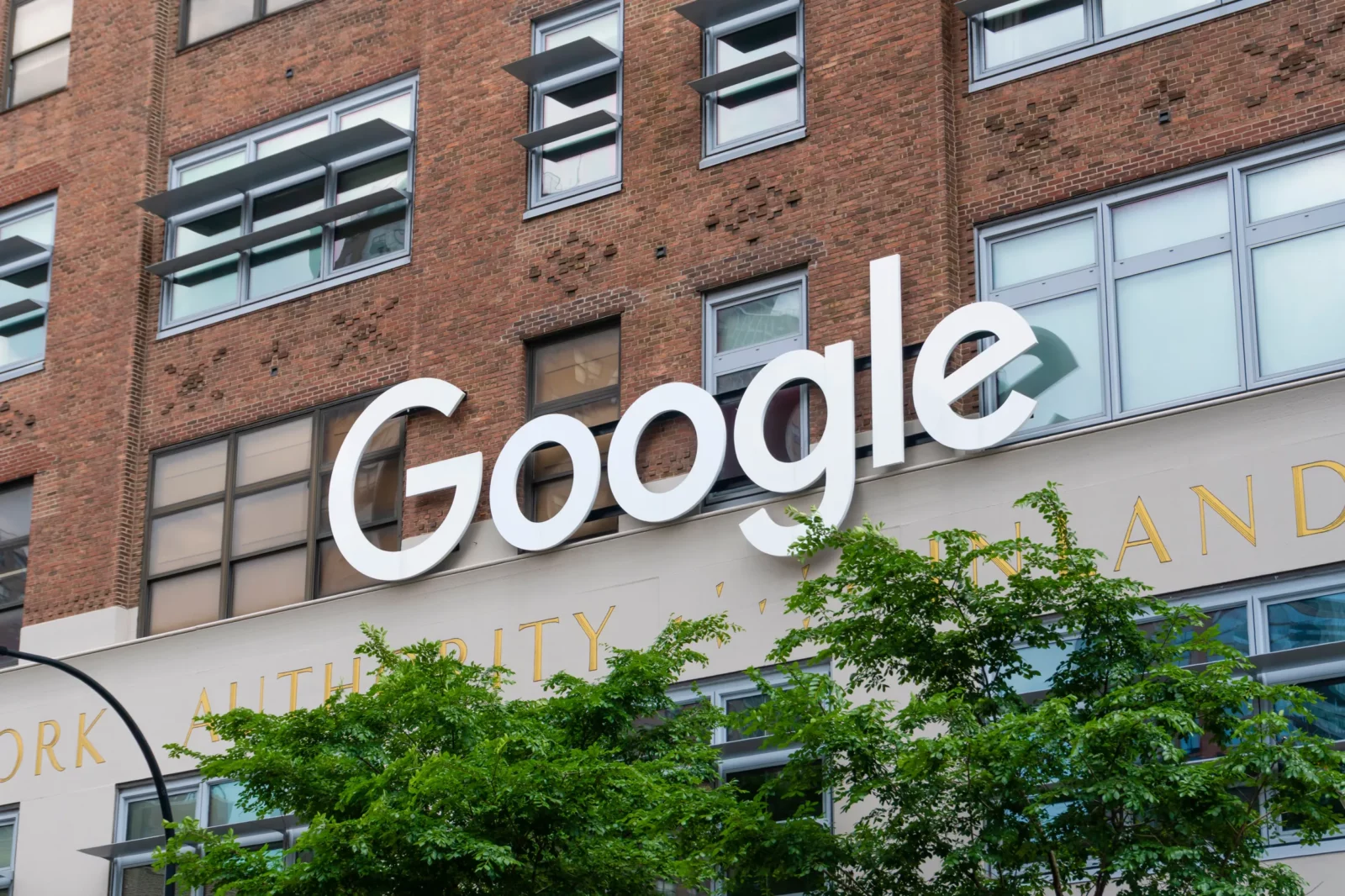A Review of the New Omidyar Paper Against Google Search

Leading tech services have brought about progress for consumers and economic growth. But transforming the economy can bring greater scrutiny from regulators, including antitrust authorities, who are tasked with preserving the functioning of the markets for the benefit of consumers.
Because of the complexity of the dynamics of the digital economy, many competition authorities have recently opened initiatives and consultations to learn more about the dynamics of this sector. As a result, authorities have published a proliferation of reports trying to understand whether competition exists in the digital sector, and/or whether there is a need for antitrust enforcement to restore market competition.
The debates, initiatives, reports and enforcement actions aimed at restoring competition in the markets are welcome and necessary in this changing world. In fact, it is stimulating from an academic point of view, as the respectful discussions and disagreements among different stakeholders can only bring about positive outcomes.
In this context, and as part of the debate, it becomes natural and legitimate to respectfully criticize those papers that support antitrust intervention in a vacuum without making a specific case of market foreclosure and harm to consumers caused by anticompetitive conduct, like the latest paper published through the Omidyar Network, authored by Prof. Fiona Scott Morton and David Dinielli, entitled “Roadmap for a Monopolization Case Against Google Regarding the Search Market” (“the Roadmap Paper”).
The well-crafted table of contents of the Roadmap Paper suggests an analysis more in line with what an antitrust case analysis would look like. However, once delving into the substance of the paper, the initial excitement quickly vanishes.
The majority of the discussion summarizes tropes favored by pundits pushing for antitrust enforcement against leading tech companies (killer acquisitions, data, single-homing, network effects, two-sided markets, etc). Nothing new there. In fact, the Roadmap Paper provides for a good summary of the concerns raised by some antitrust commentators and a summary of some descriptions contained in the UK Competition & Markets Authority’s Interim Report. But it is just that; a summary of arguments in the form of a list, rather than a strategy or “roadmap” for an antitrust case.
When it comes to identifying anticompetitive conduct, the Roadmap Paper talks about “a pattern that appears designed to expand Google’s occupation and control of this market to the exclusion of competitors.” In other words, the Roadmap Paper does not identify anticompetitive conduct, but actually considers what all companies try to do, i.e. “to grow”, as an effort to exclude competitors, and thus, implicitly characterizes growth strategy as being anticompetitive. This is surprising, as there is international convergence in acknowledging that monopolies or dominance is not illegal per se, but the actual abuse of such dominance, or monopolization of the markets that harms consumers with no efficiency trade-offs, is what merits antitrust sanctions.
The final four pages of the 38-page Roadmap Paper do suggest some ideas regarding foreclosure and harm to consumers. But the authors do so in a vacuum. The Roadmap Paper refers to harm to advertisers, publishers, foreclosed technological rivals, and consumers, but still fails to identify what conduct causes which competition harm. All these allegations regarding harm and foreclosure are abstract.
The authors suggest that advertisers pay more for digital advertising because of Google’s (unidentified) anticompetitive conduct. However, economic analysis showed that thanks to going digital, advertising has become substantially cheaper through the years with increasing competition taking place in the digital space.
With respect to publishers, instead of describing the lack of capacity of the former to monetize their business models, the Roadmap Paper suggests news producers do not benefit from the traffic directed to their paywall websites from digital platforms; and implies that an ancillary IP right should exist. Whether one supports these controversial new IP rights or not, this proposal has nothing to do with how authorities build an antitrust case, a fact which underscores the scattershot nature of the paper.
Additionally, the Roadmap Paper suggests that there has also been a foreclosure of tech rivals because Google acquired startups such as DoubleClick. It contends that as a result of the transaction, ten years later, competitors such as OAS, AdTech, and Atlas no longer exist. The Paper suggests that “these businesses have lost all or part of their revenue due to the anticompetitive conduct of Google which constitutes part of the antitrust harm” without providing any evidence supporting this allegation. Which conduct? The acquisition of one of six players in the market, in a transaction approved by antitrust authorities a decade ago? This allegation does not resonate with sound antitrust analysis.
Finally, the Roadmap Paper discusses harm to consumers. The authors claim that consumers are harmed indirectly due to Google’s “anticompetitive pattern” without making a solid case of anticompetitive conduct that undermines the welfare of consumers. For example, the Roadmap Paper refers to the increased prices of manufactured goods and services due to the supracompetitive ad prices charged by Google, without noting that those allegedly anticompetitive prices are lower than non-digital advertising ones.
In sum, while the DoJ may actually have a roadmap to open a case against Google, it should not follow sensationalist papers that would not withstand the legal scrutiny of a judge if taken to court, such as the so-called case included in the Roadmap Paper. The institutional reputation of the DoJ could be strongly jeopardized if they were to open a case without identifying anticompetitive conducts and harm to the welfare of consumers.
Any connection between the DoJ and the Roadmap Paper is further undermined by the fact that one of the authors was previously Deputy Assistant Attorney General for Economic Analysis (Chief Economist) at the Antitrust Division of the U.S. Department of Justice in 2011, when DoJ declined to bring a case against Google. Market competition has only increased in the digital sector, and if the reason for not pursuing a case was the lack of a legal roadmap to do so then, it might still be the case.








